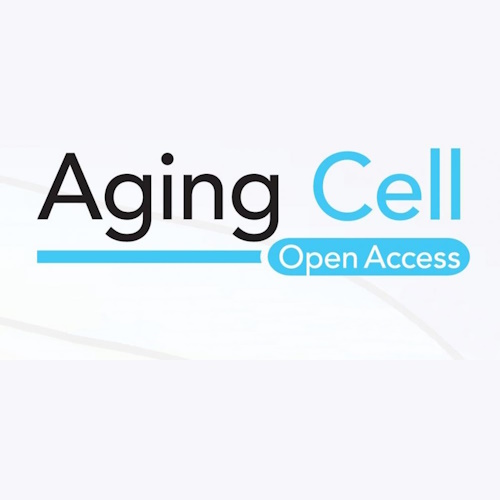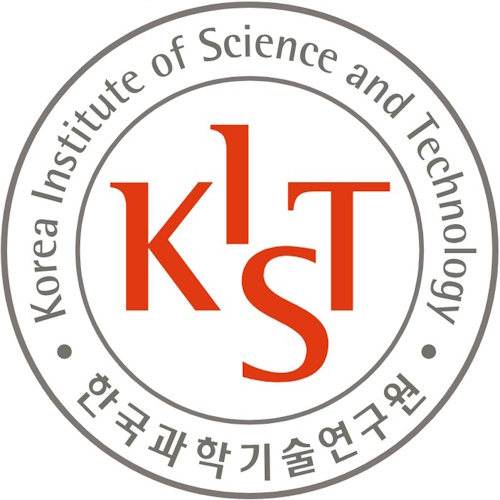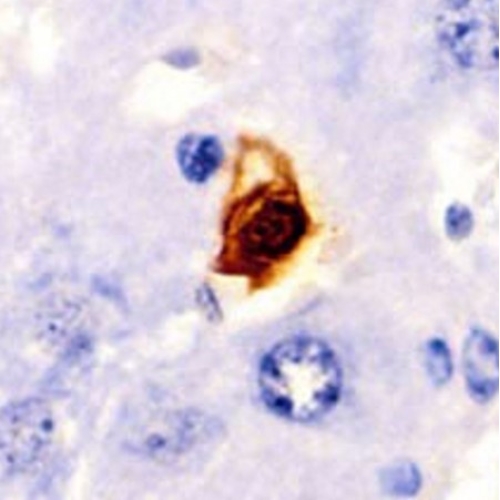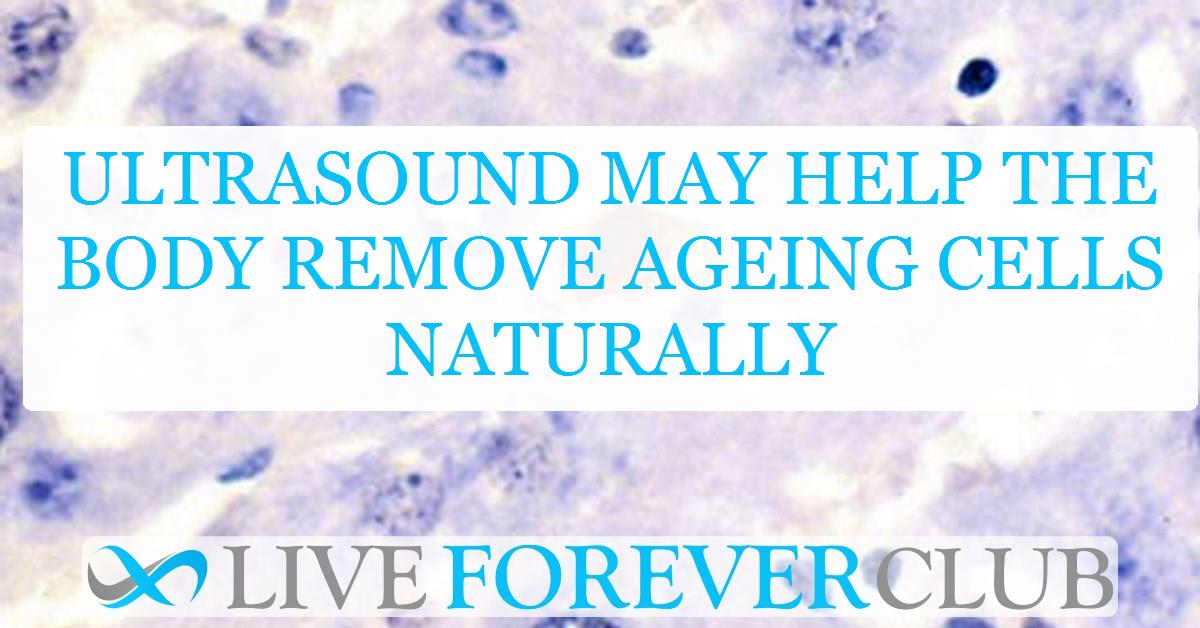Ageing brings about many changes, including the accumulation of senescent cells. These cells no longer divide but remain in the body, releasing inflammatory signals that contribute to age-related diseases. Scientists have been working on ways to remove these cells, often using drugs called senolytics. Now, new research suggests that low-intensity pulsed ultrasound (LIPUS) may offer another method to help clear these problematic cells.
Unlike chemical treatments, ultrasound is a physical intervention that does not directly kill cells. Instead, it stimulates them in ways that may enhance the body's natural ability to remove them. Researchers have tested this approach in both cell cultures and live mice, with promising results. However, some experts question how effective this method will be in real-world ageing scenarios.
How Ultrasound Interacts with Senescent Cells
LIPUS delivers sound waves at a frequency that does not damage healthy cells. In the recent study, researchers found that this type of ultrasound affected senescent cells by increasing their production of certain signaling molecules. These molecules, part of what is known as the senescence-associated secretory phenotype (SASP), serve as distress signals that attract immune cells. Once immune cells detect these signals, they move in and begin to clear away the senescent cells.
In experiments, scientists exposed senescent cells to LIPUS and measured changes in their behavior. The treated cells released more SASP factors, which in turn led to an increase in immune cell activity. This resulted in a significant reduction in senescent cell numbers, suggesting that ultrasound might help the body remove these cells more efficiently.
Role of Reactive Oxygen Species in the Process
Further analysis showed that LIPUS caused small disturbances in the membrane structure of senescent cells. These disturbances triggered an increase in reactive oxygen species (ROS) inside the cells. While ROS are often associated with cellular damage, they also play a role in signaling pathways. In this case, ROS activated a pathway called p38-NF-κB, which further stimulated SASP production and immune system activation.
Importantly, LIPUS did not seem to affect healthy dividing cells in the same way. This suggests that the technique might be selective for senescent cells, a key advantage over traditional chemical treatments that can sometimes harm normal cells.
Testing Ultrasound in an Ageing Skin Model
To test whether these effects could work in living organisms, researchers used a mouse model of skin ageing. They exposed the mice to ultraviolet (UV) radiation, which is known to induce senescent cells in the skin. After applying LIPUS treatment, they observed a reduction in the number of senescent cells and an increase in immune cell activity.
This finding supports the idea that ultrasound can enhance the immune system's ability to clear ageing cells. However, it remains unclear whether the same effects would occur in other tissues. The skin is more accessible to ultrasound than internal organs, where sound waves may not penetrate as effectively.
Potential Applications in Ageing and Disease
If ultrasound proves effective in further studies, it could become a useful tool for managing age-related diseases. Many conditions, including arthritis, fibrosis, and cardiovascular disease, are linked to the accumulation of senescent cells. A non-invasive approach like LIPUS could provide a way to reduce these harmful cells without the side effects of drug treatments.
Another advantage of ultrasound is that it can be combined with other therapies. Some researchers believe that pairing LIPUS with senolytic drugs could increase effectiveness. By first stimulating the immune system to recognize senescent cells, drugs could then target them more efficiently.
Concerns About Effectiveness in Older Individuals
While the findings are promising, there are still concerns about whether LIPUS will work as well in older individuals. The immune system naturally weakens with age, making it less efficient at clearing senescent cells. If immune cells are not responding strongly, increasing SASP production might not be enough to remove senescent cells effectively.
Another limitation is that the study was conducted on young mice with artificially induced senescence. Natural ageing produces a more complex mix of senescent cells, which may not respond to LIPUS in the same way. To determine its true potential, researchers will need to test this method in older animals and eventually in human trials.
Reason’s Reservations About the Study
Some experts, including the writer at Fight Aging!, have pointed out several limitations in the study.
"The change in markers of the burden of senescence in skin tissue, a reduction of about a third, is similar to the levels of clearance produced in other organs by first-generation senolytic drugs. It is worth noting that the researchers used young mice in their study, and a course of irradiation to produce senescent cells. There are differences in the senescent state resulting from irradiation versus other causes of senescence. Further, the immune system becomes less capable of clearing senescent cells in later life. It is unclear whether this approach would work as well on the natural burden of senescence in old mice."
This skepticism highlights the need for more studies before considering LIPUS as a viable therapy for ageing. While the results are intriguing, they do not yet prove that ultrasound will be effective in humans or in all types of ageing-related senescence.
Road Ahead for Ultrasound-Based Therapies
Despite the uncertainties, the idea of using ultrasound to enhance the body's ability to remove senescent cells is worth further exploration. The technology is already widely used in medical settings, making it easier to adapt for new applications. If further research confirms its benefits, LIPUS could become a valuable tool for age-related therapies.
Future studies will need to examine its effects in different tissues, test its safety in long-term applications, and explore whether it can be combined with existing treatments. Researchers must also determine the optimal ultrasound settings to achieve the best results.
As the science of ageing advances, new approaches like ultrasound may help improve health in later life. Whether LIPUS becomes a major breakthrough or just a small step forward, it represents an innovative way to target ageing at the cellular level.
The study is published in the journal Aging Cell. It was led by researchers from Korea Institute of Science and Technology.







